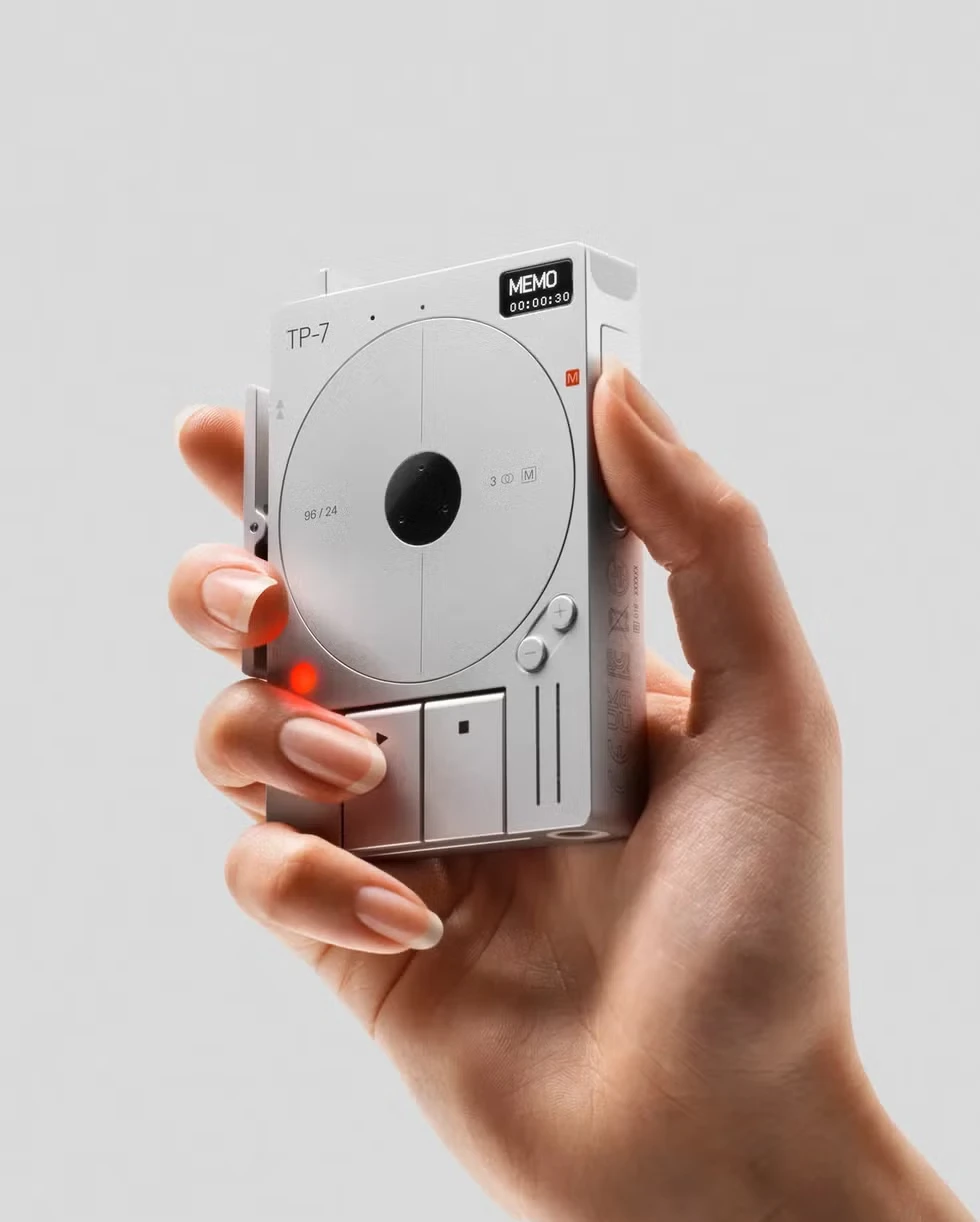Article
Tactile Buttons: A Love Letter

24.03.24
/
9 min.
by
Amir Hamidi
Share Article
Tactile Buttons - A Love Letter
In a world where touchscreens have become the ubiquitous interface for nearly all devices, the tactile button has quietly slipped away from our fingertips. In most modern day products the physical button, switches, knobs and everything in between has seemingly been replaced. Today we swipe, tap, and pinch on smooth glass or plastic surfaces, experiencing technology in a way that is sleek, responsive, and undeniably modern.
But, as I sat in my family’s rental car on a road trip to France this summer, once again being the designated head of technology for the trip, I couldn't help but get frustrated at the infotainment system in this seemingly brand new EV containing this “modern technology”. An assortment of buttons could be found below the screen to control the many features of the car, yet not one is responding to the weight of my finger as I patiently wait for the display to respond. My mind, in the short yet insightful time it takes for the car's computer to respond to my press, is not sure if I pressed the right button, or if the button was even pressed at all is making me feel uneasy. I can’t help but feel like I belong in a generation more akin to my much older counterparts. Surely my usual tech savviness has not failed me this early in my life? Although, as the hours continue to pass, watching as my parents interact with the same challenge that I faced, I suddenly change my mindset. It cannot be possible that just because we can use touchscreens these days, we simply disregard Newton’s third law and everything it has aided our interaction with our day-to-day lives thus far.
In a world where touchscreens have become the standard for nearly all devices, the tactile button has quietly slipped away from our fingertips. In most modern-day products, physical buttons, switches, and knobs have been replaced. Today, we swipe, tap, and pinch on smooth glass or plastic surfaces, engaging with technology in a way that is sleek, responsive, and undeniably modern.
But during a road trip to France this summer, sitting in my family’s rental car, I found myself getting frustrated with the infotainment system in this brand-new electric vehicle—an example of “modern technology” in all its glory. Below the screen, there was an array of buttons to control the car’s many features, yet none responded to the pressure of my finger. As I waited for the display to catch up, I wasn’t even sure if I had pressed the right button or if it registered my touch at all. It made me uneasy.
For a moment, I felt like I belonged to an older generation, suddenly questioning whether my tech-savviness had failed me this early in life. Although, as the hours continue to pass, watching as my parents interact with the same challenge that I faced (although not without little dismay), I began to rethink my frustration. Is it really progress if, just because we can use touchscreens, we ignore Newton’s third law and disregard all the ways tactility and tangibility has shaped how we interact with the world around us?
I cannot help but to reminisce about the old products, to feel a pang of nostalgia for the humble tactile button—a piece of technology so simple, yet so profoundly satisfying. This is a love letter to those little tactile marvels, the clicky heroes of the pre-touchscreen era.
Other Articles
More to read


